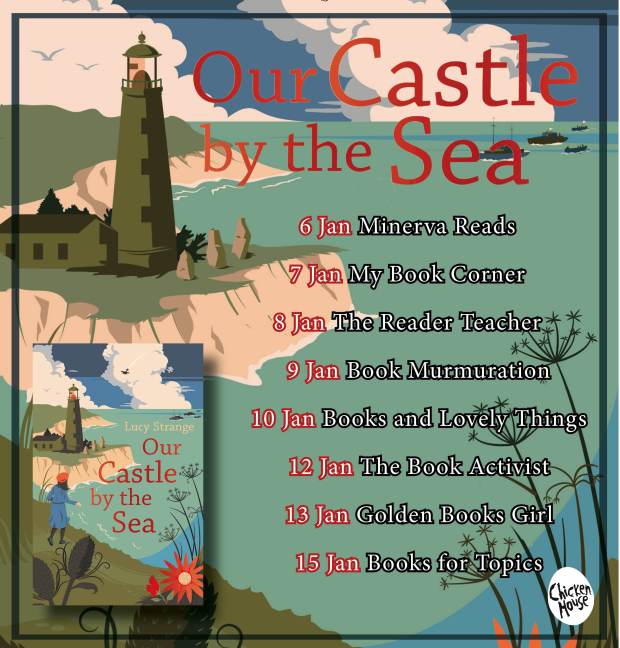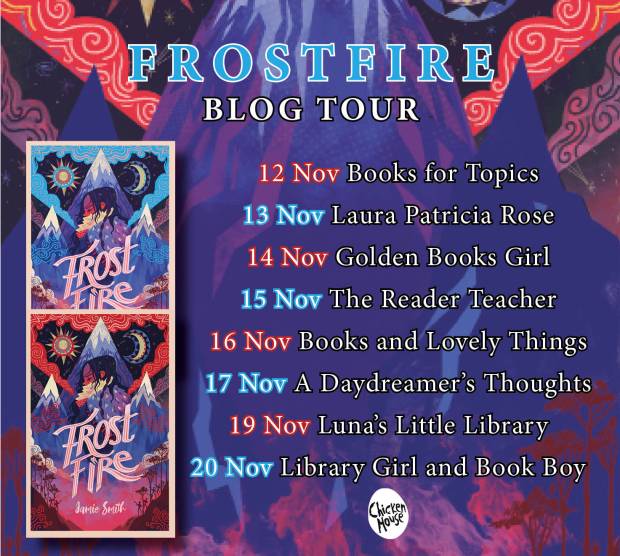
‘This series is without doubt becoming the recommended read for mystery lovers young and old. Nicki is establishing herself very much as the Christie for children.’
Rating: ⭐⭐⭐⭐
Title: The Bad Luck Lighthouse
Author: Nicki Thornton (@nicki_thornton)
Cover illustration: Matt Saunders (@msaunders_ink)
Publisher: Chicken House (@chickenhsebooks)
Page count: 384
Date of publication: 4th July 2019
Series status: Book 2 after The Last Chance Hotel
ISBN: 978-1912626304
Perfect for Year 5 and Year 6.
#3Words3Emojis:
1. Lighthouse💡
2. Magic ✨
3. Murder ☠️
Welcome to the Bad Luck Lighthouse.
In solving the mystery at the Last Chance Hotel, Seth has discovered a world of magic. Swept up in a new case at Snakesmouth Lighthouse – the murder of eccentric owner Mina Mintencress – he is determined to prove himself.
With the help of his cat, Nightshade, Seth must put his new-found magic to the test. Can they unmask a sinister sorcerer… before it’s too late?
Review:
Danger, dishonesty, dark magic and deception all characteristically return in this sequel set a few months on from the accolade-winning The Last Chance Hotel (The Times/Chicken House Children’s Fiction Competition 2016/Waterstones Children’s Book of the Month for October 2018). As this is almost a direct continuation from Nicki’s first book in the series, I’d most definitely advise you to seek out and devour The Last Chance Hotel before reading this.
For lowly kitchen boy Seth Seppi, you’d think solving one mystery would be good enough however he is back and this time he is out to test himself with learning how to use the magic that’s been bestowed unto him in a whole new world. Introduced to us in this one as doubting himself as a ‘natural’, he’s left holding a book called the Easy-Peasy book of magic which on the surface provides Seth with the slightest glimmer of hope of achieving the ‘spark of magic‘ that he believes others see in him. But sadly for him, he hasn’t been able to complete a single spell since receiving it.
Therefore struggling, getting desperate and following a fleeting visit from Inspector Pewter – last seen in the last book – he flings himself through a portal after Pewter and soon becomes embroiled in another magical murder-mystery after discovering Snakesmouth Lighthouse, a hotel that’s supposedly haunted… or is it?
Storms are battering the lighthouse outside; guests are not forthcoming and with staff leaving or who have already left in their droves, this seems like another sinister setting that no-one wants to visit. When suddenly Seth happens upon the death of a very important character who actually owns the lighthouse which stopped me completely (pardon the pun!) dead in my tracks whilst reading. With talking cat-companion Nightshade for company – which just has to be one of the best cases of nominative determinism as one of the very best pet names I’ve come across in children’s literature – he tries his hardest to uncover the mystery and web of lies, agendas and revelations that he’s managed to entangle himself in. Sometimes it’s the things that are often left unsaid in these stories that lead to greater suspense than the things that are said.
Bringing back some old faces such as Inspector Pewter and Angelique really helps the reader to find the touch of familiarity from the previous book and adding some new, such as personal-favourite Celeste, completes and complements the cast of characters and suspects in this new thrilling mystery from Nicki. After reading a recent blog by her, it’s so pleasing to see an author write a sequel of a book with characters she so dearly loves and it is with this that I hope that these classically-written but contemporary-styled mysteries may long continue. This series is without doubt becoming the recommended read for mystery lovers young and old. Nicki is establishing herself very much as the Christie for children.
‘This series is without doubt becoming the recommended read for mystery lovers young and old. Nicki is establishing herself very much as the Christie for children.’
Giveaway!
To celebrate the publication of The Bad Luck Lighthouse, the very lovely people at Chicken House have kindly given me THREE sets of both books, The Last Chance Hotel & The Bad Luck Lighthouse, to give away!
If you’d like to be in with a chance of winning these two classically-written but also contemporary mysteries, simply retweet (RT) this tweet!

Be sure to check out the rest of the The Bad Luck Lighthouse blog tour for more reviews & exclusive content from Nicki and these brilliant book bloggers!





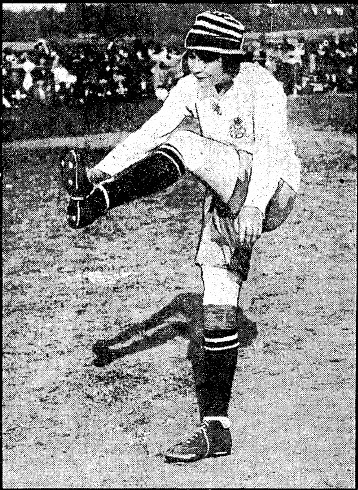 Lily and the Rockets is a mixture of fact and fiction. Lily Dodd, the central character, didn’t actually exist, but there were lots of other Lilys (and Peggys and Pollys and Jesses) who did. I borrowed my Lily’s name from a Lily who many people think was the greatest female player of all time. Lily Parr started playing when she was only fourteen. She scored forty-three goals in her first season and went on to score nearly a thousand in her playing career. Like my Lily, Lily Parr was a tall girl, nearly six feet, who was said to have a harder shot than most male players. One of her teammates wrote that she’d never seen a woman – ‘nor any man’ – kick a ball like Lily. When a professional male goalkeeper challenged Lily to get a goal past him, she accepted and went on, not just to score, but to break his arm with the power of her shot.
Lily and the Rockets is a mixture of fact and fiction. Lily Dodd, the central character, didn’t actually exist, but there were lots of other Lilys (and Peggys and Pollys and Jesses) who did. I borrowed my Lily’s name from a Lily who many people think was the greatest female player of all time. Lily Parr started playing when she was only fourteen. She scored forty-three goals in her first season and went on to score nearly a thousand in her playing career. Like my Lily, Lily Parr was a tall girl, nearly six feet, who was said to have a harder shot than most male players. One of her teammates wrote that she’d never seen a woman – ‘nor any man’ – kick a ball like Lily. When a professional male goalkeeper challenged Lily to get a goal past him, she accepted and went on, not just to score, but to break his arm with the power of her shot.





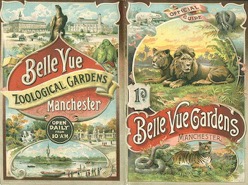









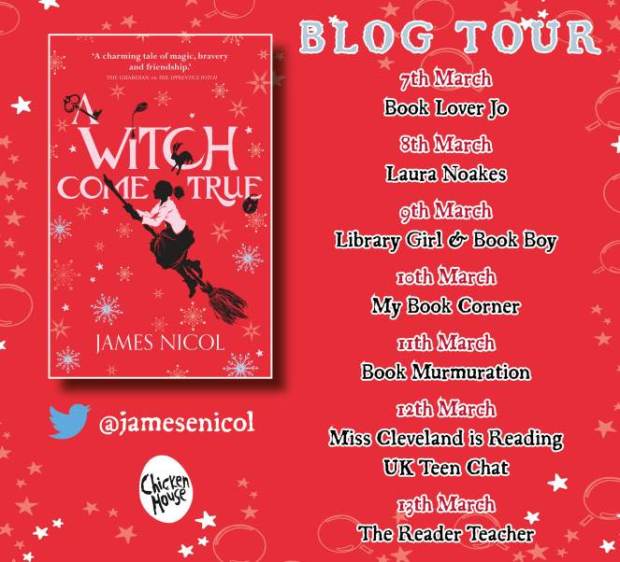

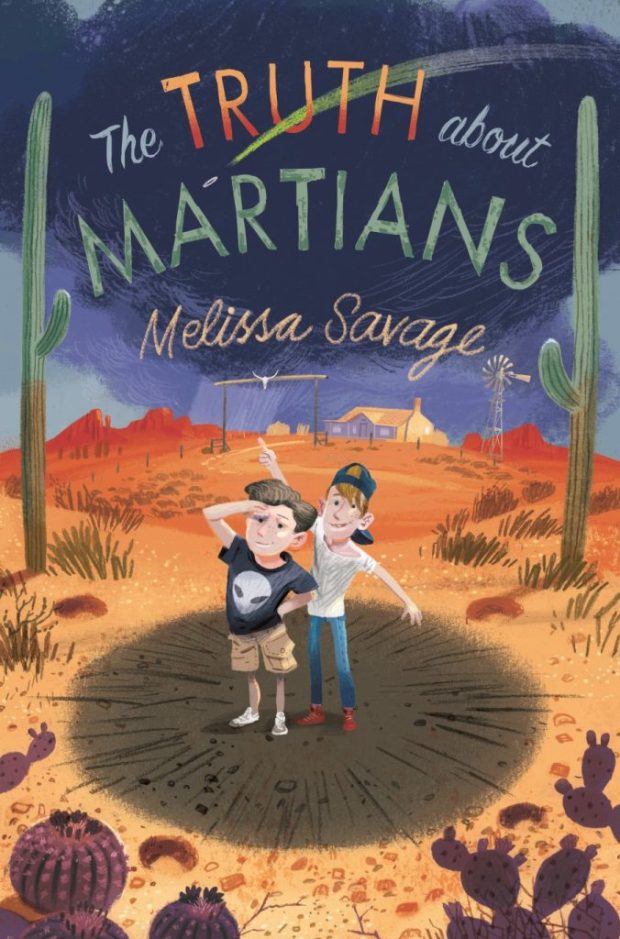


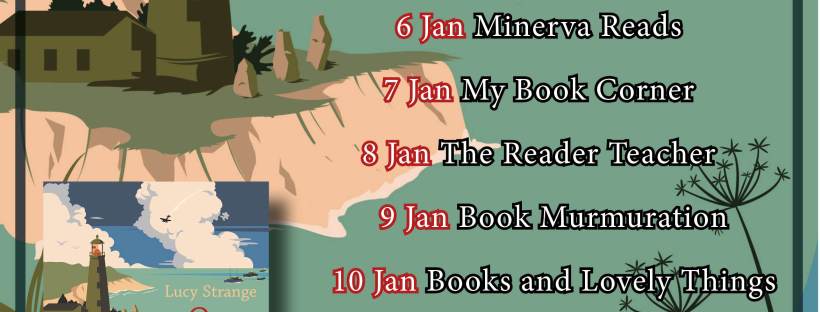
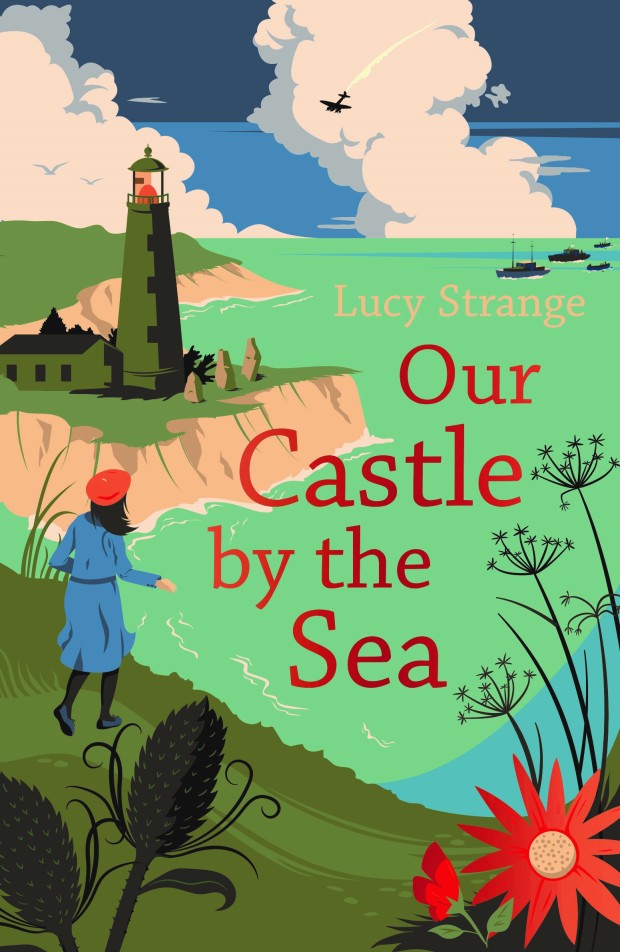
 One of the best things about writing historical fiction is that you are never working on a blank canvas: the chosen period provides a richly detailed background – the context for the powerful tale that will be depicted with brighter brushwork in the foreground. I love the challenge of weaving my own stories through a fabric of historical fact (if you’ll forgive the change of metaphor) – it adds layers of conflict and excitement to the narrative, especially when the historical period is already a tense and dangerous one.
One of the best things about writing historical fiction is that you are never working on a blank canvas: the chosen period provides a richly detailed background – the context for the powerful tale that will be depicted with brighter brushwork in the foreground. I love the challenge of weaving my own stories through a fabric of historical fact (if you’ll forgive the change of metaphor) – it adds layers of conflict and excitement to the narrative, especially when the historical period is already a tense and dangerous one.